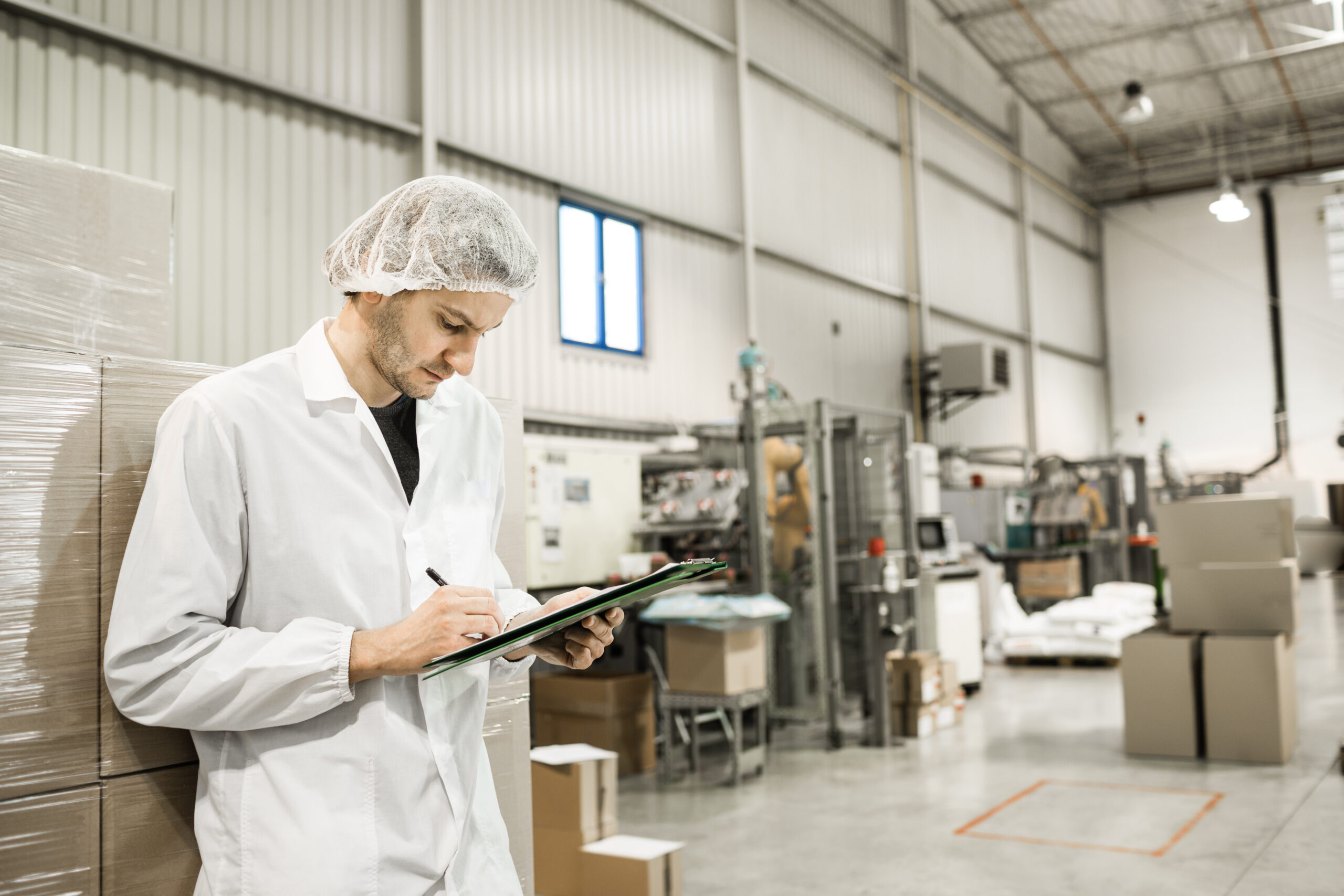
Balancing Work, Family, and Nutrition: Tips for Health-Conscious Moms
Today, balancing work, family life, and nutrition can seem like

Food manufacturing has come a long way since its humble beginnings. From the manual processing and preservation methods of the past to the highly automated and technologically advanced systems of today, the evolution of food manufacturing has been driven by a combination of consumer demand, technological advancements, and safety and sustainability concerns. At Bektrom Foods, we manufacture our own proprietary baking mixes, pancake mixes, oatmeal, deluxe sides, dinner sides, rice and noodle sides, instant potatoes, chicken batters, spices, and more. Our facilities are GFSI-safety-certified as well as nut-free, making it safe for families with allergies or sensitivities to nuts. In this blog article, we will explore the trends and innovations that have shaped the food manufacturing industry and discuss their impact on how we produce and consume food today.
One of the most significant trends in food manufacturing is the increasing use of automation and robotics. With advancements in technology, machines can now efficiently carry out food processing and packaging tasks that were once performed manually. Automated systems improve efficiency and enhance food safety by minimizing human contact and reducing the risk of contamination. Robots are used for sorting, slicing, packaging, and cooking, leading to faster production cycles and higher-quality products.
As consumers become more conscious of the environmental impact of food production, sustainability has become a key focus for the industry. Food manufacturing facilities are implementing various practices to reduce waste, conserve energy, and minimize carbon footprint. Adopting renewable energy sources, optimizing water usage, using biodegradable and recyclable packaging materials, and implementing efficient supply chain management systems to reduce food waste are all ways to reduce carbon footprint. Additionally, there is a growing interest in plant-based alternatives and developing more sustainable protein sources, such as cultured meat, insect protein, and algae-based products.
Consumers today are increasingly concerned about the ingredients and production processes behind their food. The demand for clean-label products, free from artificial additives, preservatives, and genetically modified organisms (GMOs), is rising. Food manufacturers are responding by providing more transparency in labeling, emphasizing natural and organic ingredients, and adopting clean manufacturing practices. This trend has also given rise to certifications and third-party verification programs that assure consumers of the quality and integrity of the products they purchase.
With technological advancements and data analytics, food manufacturing facilities can now offer personalized and customized food products to meet individual consumer preferences. From personalized nutrition plans and meal kits tailored to dietary needs to 3D-printed food creations, the industry is embracing the concept of “food as medicine” and catering to specific consumer demands. This trend enhances the consumer experience and allows for better control over portion sizes, nutritional content, and overall health and wellness goals.
The integration of IoT devices and intelligent manufacturing systems has revolutionized food production. Sensors and connected devices monitor and control various aspects of the manufacturing process, such as temperature, humidity, and quality control. This real-time data enables food manufacturing facilities to optimize production efficiency, reduce downtime, and ensure product consistency. Additionally, IoT technology facilitates traceability and improves food safety by providing end-to-end visibility and tracking capabilities throughout the supply chain.
A combination of consumer demand, technological advancements, and sustainability concerns has driven the evolution of food manufacturing. Automation and robotics have increased efficiency and improved food safety, while sustainable practices and clean label initiatives address environmental and consumer concerns. Personalization and customization cater to individual preferences, and smart manufacturing and IoT technologies optimize production and enhance traceability. As the food manufacturing industry continues to evolve, we can expect further innovations that prioritize health, sustainability, and consumer-centric approaches, shaping the way we produce and consume food in the future.

Today, balancing work, family life, and nutrition can seem like

Spring heralds a season of renewal and rejuvenation, not just

Food allergies present a unique challenge in the kitchen, especially